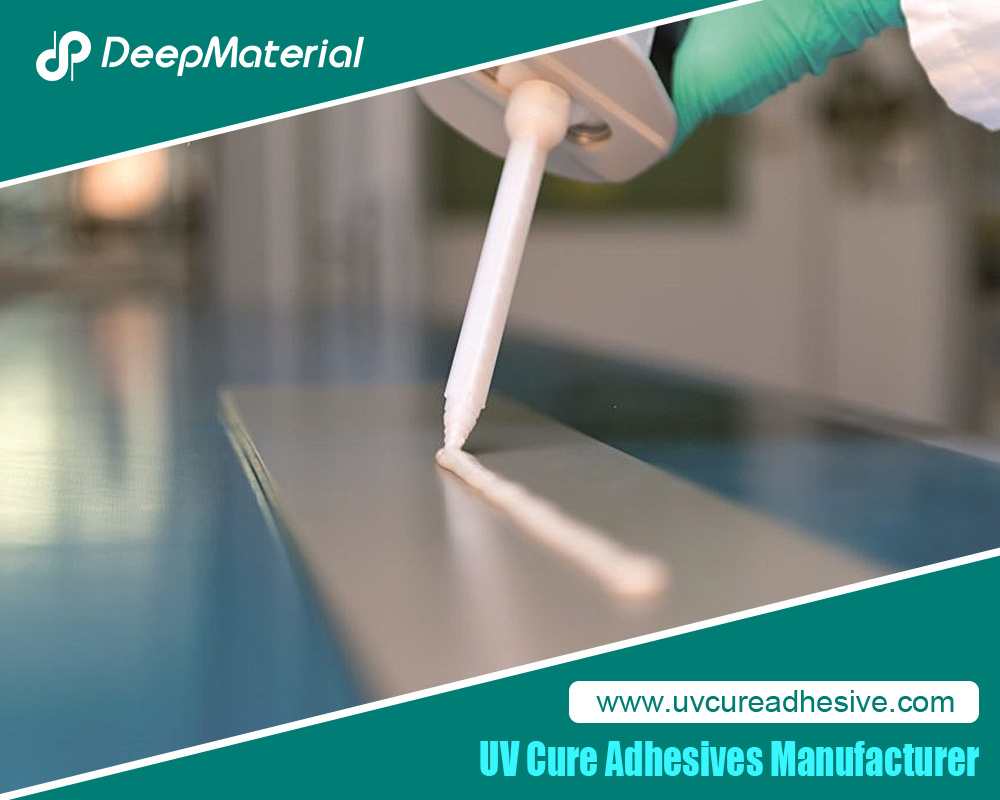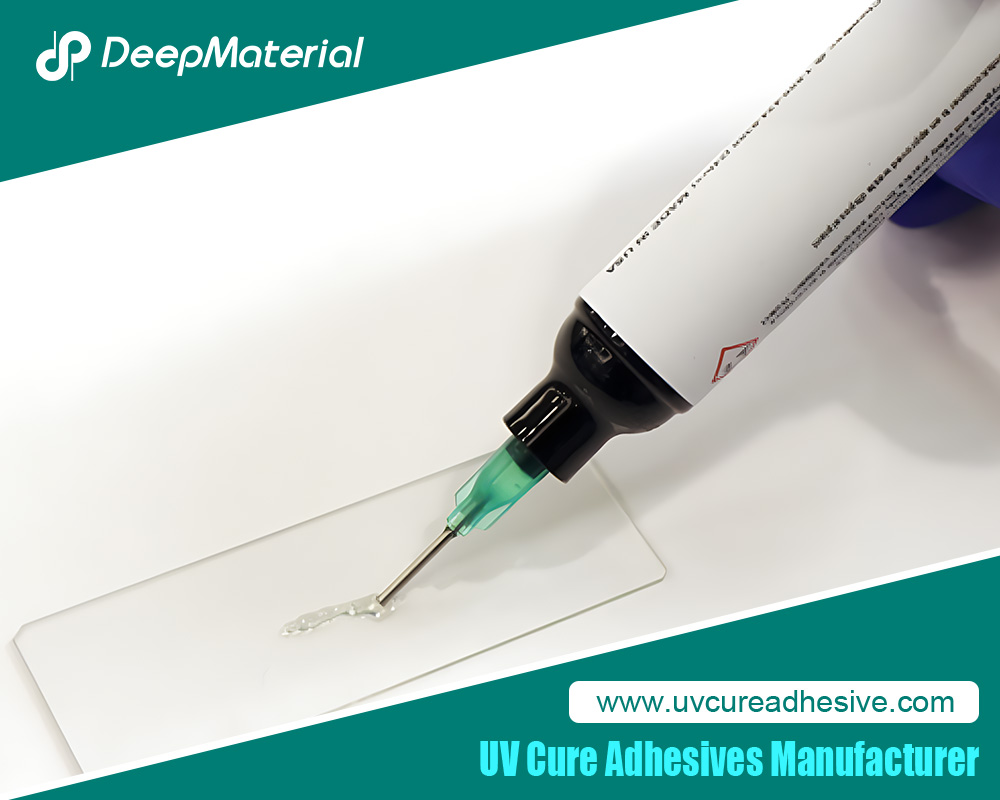Product durability and longevity are paramount factors that dictate customer satisfaction and influence brand credibility in the manufacturing industry. Continuous technological advancements are pivotal, as manufacturers relentlessly seek methodologies to optimize the life cycle and enhance the reliability of their products. Ultraviolet (UV) curing technology emerges as a crucial innovation, fundamental in strengthening a broad spectrum of products, such as consumer electronics and automotive components, thereby enhancing their resilience and extending operational lifespan.
UV curing technology is renowned for its exceptional ability to rapidly and efficiently cure or solidify polymers, inks, and coatings. This is instrumental in augmenting product robustness. The expedited curing process facilitated by UV technology not only optimizes manufacturing timelines but also significantly improves the product’s resistance to wear, environmental variables, and mechanical stressors, thereby contributing to the product’s overall durability and performance efficacy.
Defining Durability and Longevity in Manufacturing
In manufacturing terminology, ‘durability’ and ‘longevity’ are pivotal attributes delineating a product’s operational efficacy and lifespan respectively. Durability characterizes a product’s inherent resilience and robustness, signifying its capability to withstand wear, external stresses, and various forms of material degradation. It primarily quantifies a product’s resistance to immediate operational challenges, ensuring sustained performance and reliability amidst varying conditions.
Conversely, ‘longevity’ pertains to the chronological endurance of a product, denoting its capacity to retain functional integrity and performance metrics over an extended period. It underscores the sustainable operational value of a product, reflecting its contribution towards consummate user satisfaction and experience.
Collectively, these attributes encapsulate the qualitative essence of a product, permeating all facets from conceptual design to market delivery. They play a quintessential role in sculpting a brand’s market reputation and competitive stature, thereby influencing strategic positioning in the multifaceted manufacturing ecosystem.
How UV Curing Amplifies Product Durability
UV curing, a beacon of innovation in contemporary manufacturing technologies, utilizes ultraviolet light’s prowess to meticulously cure and solidify a spectrum of materials, including polymers, coatings, and inks. A maestro in bolstering product durability, UV curing unveils a multitude of benefits that significantly fortify products against the trials of time and use. Here’s an exploration into the facets through which UV curing enhances the robustness and endurance of products:
Accelerated Curing Cycles
UV curing facilitates a significant improvement in production efficiency by enabling materials to transition rapidly from liquid to solid states under the influence of ultraviolet light. This rapid curing process enhances the durability of materials, providing them with the necessary resilience to overcome various external adversities.
Augmented Material Integrity
During UV curing, materials undergo a transformation that enhances their structural robustness. This process fosters the formation of sturdy bonds and durable coatings, offering products an elevated level of protection. Consequently, products treated with UV curing demonstrate remarkable resistance to wear and environmental impacts, embodying enhanced durability and prolonged longevity.
Uniform Curing
UV curing ensures consistent and uniform application during the curing process, minimizing the potential for flaws and vulnerabilities in the finished products. This consistency contributes to the improved resilience and structural integrity of products, guarding them against diverse forms of stress and degradation.
Enhanced Chemical Resistance:
Products that undergo UV curing exhibit improved resistance to chemicals, maintaining their integrity and performance even in aggressive chemical environments. This added resistance enriches the durability of products, enabling them to maintain sustained performance levels despite exposure to harsh chemical conditions.
The Role of UV Curing in Product Longevity
UV curing technology holds a significant position in the hierarchy of manufacturing technologies, bestowing products with remarkable durability and extended lifespans. It accomplishes this through a series of pivotal enhancements that serve to bolster the overall integrity and resilience of manufactured products. Here are four crucial mechanisms through which UV curing substantiates its essential role in prolonging product longevity:
Environmental Resistance:
Products subjected to UV curing exhibit enhanced resilience against a spectrum of environmental factors. They are fortified to withstand detrimental elements such as heat, moisture, and various chemical exposures, thereby preserving their operational integrity and functional consistency under a multitude of challenging conditions.
Consistent Quality:
UV curing fosters a manufacturing environment characterized by uniformity and reliability, enabling the consistent production of high-quality products. This precision-oriented approach minimizes defects and inconsistencies, ensuring that longevity is intrinsically embedded within the product’s operational and structural attributes.
Enhanced Physical Properties:
The UV curing process augments products with improved physical properties, including amplified hardness and heightened resistance to scratches and abrasions. These enriched characteristics empower the products to effectively withstand mechanical stresses, contributing to an extended operational lifespan and sustained functional performance.
Reduced Material Degradation:
UV-cured products display a diminished propensity for material degradation, maintaining their aesthetic and functional attributes over extended periods. This heightened durability facilitates prolonged relevance and reliability in the market, underscoring the product’s enduring appeal and operational competence.
Real-World Applications: Where Durability Meets Longevity
UV curing technology has made significant inroads across various industrial sectors, marking a paradigm shift towards achieving enhanced product durability and longevity. This transformative technology illuminates multiple facets of product design and functionality, ensuring adaptability and performance in real-world operational contexts. Highlighted below are some sectors that exemplify the transformative impact of UV curing technology:
Electronics
In the highly specialized domain of electronics, UV curing plays a pivotal role in augmenting protective features. It reinforces circuit boards and electronic components, safeguarding them against environmental variables and mechanical perturbations. Such fortified protection bolsters the durability and operational consistency of electronic devices, facilitating sustained performance and reliability.
Automotive
Within the rigorous environment of automotive manufacturing, UV curing emerges as a technological ally, enhancing the durability of vehi


